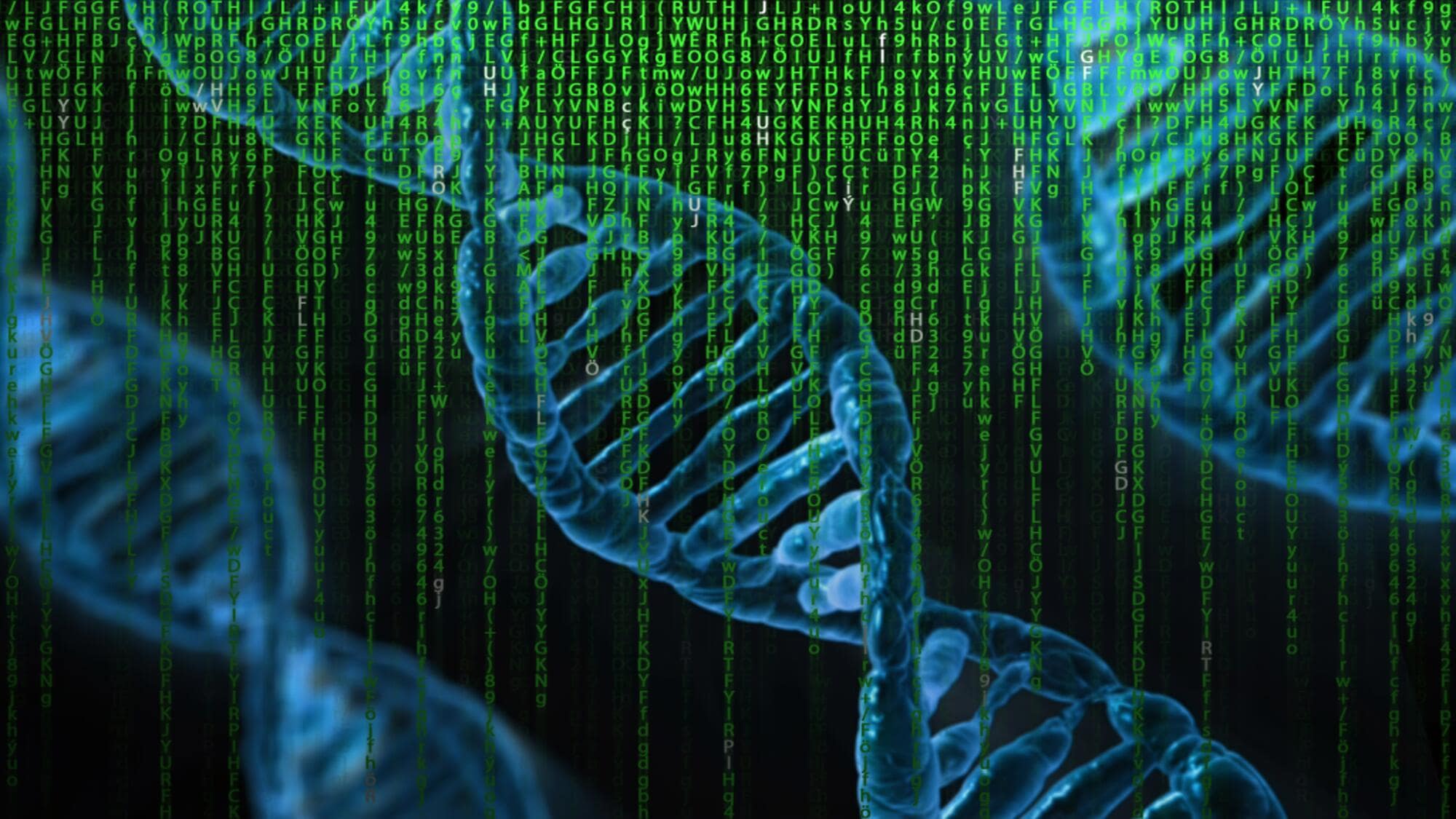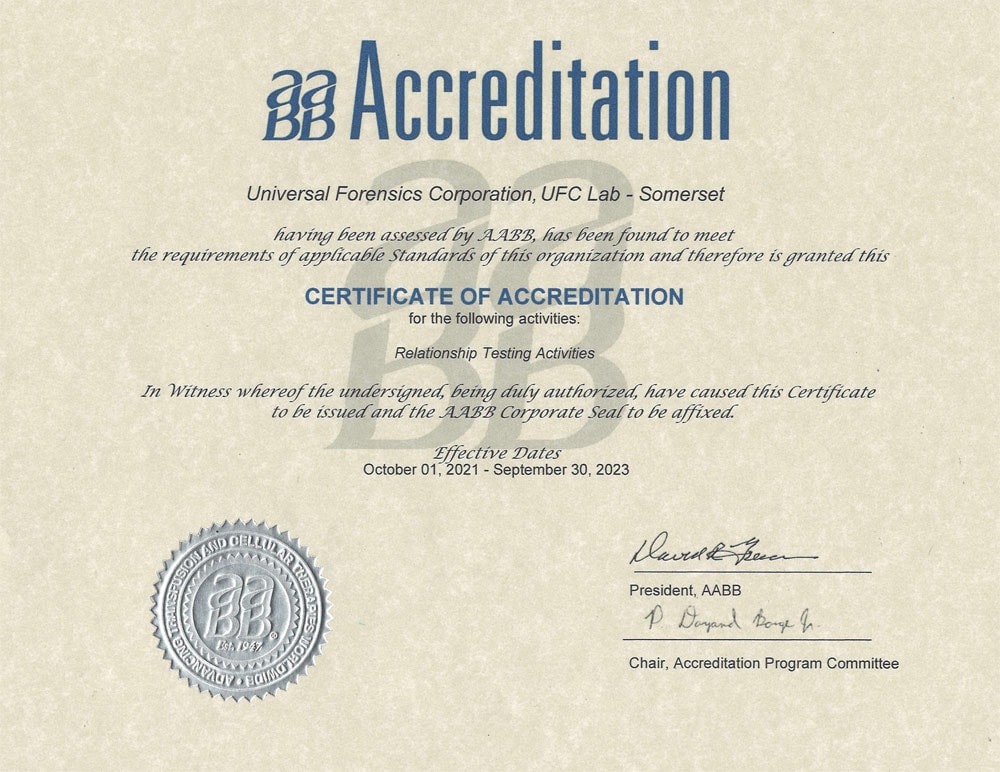How to Read the Results of a DNA Test: Interpret Them Here

Have you recently taken a DNA test and are now holding your results? Are you unsure what they mean? You’re not alone.
According to BBC, tens of millions of people around the world have taken DNA tests, with over 26 million Americans having sent off their DNA for testing. However, the real challenge begins once the results come in: interpreting the data.
Understanding your DNA test results is crucial, especially when these tests can reveal insights into your ancestry, health risks, or even paternity. Whether looking at genetic test results, screening for allergies, or doing a paternity DNA test, deciphering the information accurately will help you make informed decisions.
This guide will walk you through how to read the results of a DNA test, decode complex terms, and give you tips on what to do next.
What You Need to Know Before Reading Your DNA Test Results
When it comes to DNA test interpretation, the results often contain a mix of data that can be overwhelming. However, breaking them down into easy-to-understand sections can help you focus on what’s important.
Here’s a quick breakdown of what you might see in your DNA report insights:
- Genetic markers: These are specific locations on your DNA that are analyzed, revealing information about inherited traits, health risks, or ancestry
- Alleles: Variations in a particular gene that can impact things like physical traits or susceptibility to certain conditions
- Probability ratios: These are often seen in paternity tests, showing the likelihood that an individual is the parent
Interpreting Genetic Test Results: Key Areas to Focus On
DNA test results can provide valuable insights into your health, ancestry, and more. Below are key areas to help you understand your results.
Health-Related DNA Testing
Health-based DNA tests are becoming increasingly common. These tests look for genetic mutations or variations that could signal an increased risk for diseases like:
- Cancer
- Heart conditions
- Neurological disorders
When reviewing health-related DNA test results, pay close attention to:
- Genetic variants: The report will highlight any gene mutations that could indicate an increased risk for certain diseases
- Carrier status: This shows whether you’re a carrier for inherited conditions, even if you don’t show symptoms
- Actionable information: Look for recommendations that may be included, such as lifestyle changes or preventative health screenings based on your DNA
Ancestry DNA Testing
If you’ve taken a test to explore your ancestry, your report will likely be divided into percentages showing where your ancestors are from. Reading genetic reports focused on ancestry is generally straightforward. Here’s what to look for:
- Ethnicity estimates: These break down your heritage by region, such as 40% from Europe or 10% from East Asia
- Geographical origins: This often includes migration patterns that trace your ancestors’ movements over time
Paternity DNA Testing
For those involved in paternity DNA testing, results are usually conclusive, either confirming or ruling out a biological relationship. Home paternity tests often express results as a probability ratio, with a 99.9% chance confirming paternity.
Drug and Alcohol Screening
Businesses often use hair follicle drug testing or mouth swab drug tests to screen employees for substance use. These tests provide clear results, typically showing whether the individual has recently consumed drugs or alcohol.
Hair follicle drug testing can detect usage for up to 90 days, while a mouth swab drug test is more immediate, detecting substances within a shorter time frame.
Allergy Testing
If you use DNA tests to explore potential allergies, the results will focus on your genetic predisposition to certain allergens. These reports can help individuals adjust their lifestyle or dietary habits to avoid allergic reactions.
Understanding Complex Terms in Your DNA Report
When you’re reading genetic reports, it’s easy to get lost in technical terms. Here are a few you may come across and what they mean:
- Autosomal DNA: Refers to the 22 pairs of chromosomes that don’t determine sex, used in ancestry testing
- SNPs (Single Nucleotide Polymorphisms): Small variations in your DNA that can affect everything from physical traits to disease risk
- Haplogroups: A group of people with similar DNA markers, often used in ancestry tests to trace your lineage back thousands of years
Tips for Accurate DNA Test Interpretation
Reading DNA results can seem confusing at first. These tips will help you interpret your results more easily.
- Focus on actionable information: While your DNA test may provide extensive data, focus on what can actually affect your lifestyle or health decisions
- Consult a professional: Some DNA report insights can be complex and require professional interpretation
- Cross-reference data: Cross-check information from your DNA report with other relevant data, especially if you’re doing drug screening or allergy tests for professional reasons
Using DNA Testing for Business Purposes
DNA tests play a crucial role in ensuring a safe and compliant workplace for businesses. Drug screening, alcohol screening, and other tests like hair follicle drug testing or mouth swab drug tests help ensure employees are meeting workplace standards.
Many businesses also use STD testing or DOT drug testing for compliance with federal regulations, especially for employees in safety-sensitive positions. These tests offer a clear way to maintain a healthy, reliable workforce.
ReliaLab Test offers comprehensive options for companies needing employee screening services. Their testing includes everything from paternity DNA tests to drug and alcohol testing.
DNA Test Results: What Do They Mean for You?
Interpreting your DNA test results can help you make informed decisions regarding your health, family, or workplace. Here’s a quick checklist to keep in mind:
- Look at key markers: Focus on the parts of your report that offer actionable insights, like health risks or ancestry data
- Consult with professionals: When in doubt, seek professional advice to ensure you’re interpreting your results correctly
How to Read the Results of a DNA Test-Make Informed Decisions Today
Understanding how to read the results of a DNA test doesn’t have to be complicated. With this guide, you can now decipher your DNA test results, whether you’re exploring your ancestry, checking for health risks, or conducting a drug screening for your employees.
At ReliaLab Test, we offer a variety of DNA testing options, from paternity DNA testing to allergy tests, drug screening, and more. If you’re looking for reliable, accurate DNA testing for personal or business use, contact ReliaLab Test today to order a test online.








